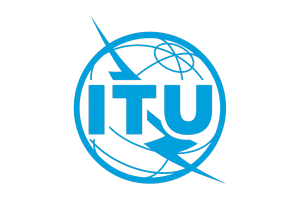The ability to communicate and access information is critical in times of disaster for decision-making and rapid response, often determining how many lives can be saved and how fast countries can recover from disasters. At the same time, ICT infrastructure is often damaged when disasters strike, resulting in the disruption or even destruction of communication networks, and communication outages, which hinder relief efforts. As the world struggles to achieve climate goals, it is witnessing an increased number of climate-related disasters leading to the loss of lives and livelihoods. Identifying and minimizing disruptions to vital information and communication flows is a critical climate adaptation step that will help save lives.
The Disaster Connectivity Map (DCM) provides critical, near real-time information on communication network connectivity levels to governments, telecommunication operators, and first responders, to help identify connectivity outages and facilitate earlier, faster, and more targeted allocation of resources to repair communication networks and restore connectivity.
Disaster Connectivity Map
Launched in 2020, the DCM has been activated in more than 30 countries/disasters to detect communications infrastructure outages in real time. It has been used extensively by first responders, including from other UN agencies, as well as by governments.
DCM serves the world's most vulnerable populations, in particular those hit by disasters and affected by climate change. Through the information that it provides on the availability and gaps on (Internet and mobile) connectivity, it will help re-establish connectivity to allow governments and humanitarian organisations coordinate relief efforts following disasters. It will also guide telecom operators as it will show them where infrastructure has been damaged and where repairs on their networks are necessary. With the effects of climate change accelerating, extreme weather events are expected to increase further. DCM is a tool to help countries better adapt to climate change.
Disaster Connectivity Map is a joint initiative of the International Telecommunication Union (ITU) and the Emergency Telecommunications Cluster (ETC), with the support of the GSMA. The Disaster Connectivity Map platform is hosted by ITU.
What information is displayed on Disaster Connectivity Map?
Disaster Connectivity Map displays the following types of information:
1. Network infrastructure: physical features such as terrestrial fibre optic links, microwave network links, submarine cables, mobile cell sites.2. Mobile network coverage: projected and/or actual mobile network coverage.3. Connectivity performance: metrics such as ping, latency, throughput (download/upload).Information displayed in Disaster Connectivity Map is gathered from different sources. Where data is available, network coverage and performance information will be dynamically updated in DCM using near real-time data.
The Disaster Connectivity Map platform is hosted by ITU and developed as part of the ITU Broadband Maps and ICT-data mapping platform.
Partners
|

| 
|
Events